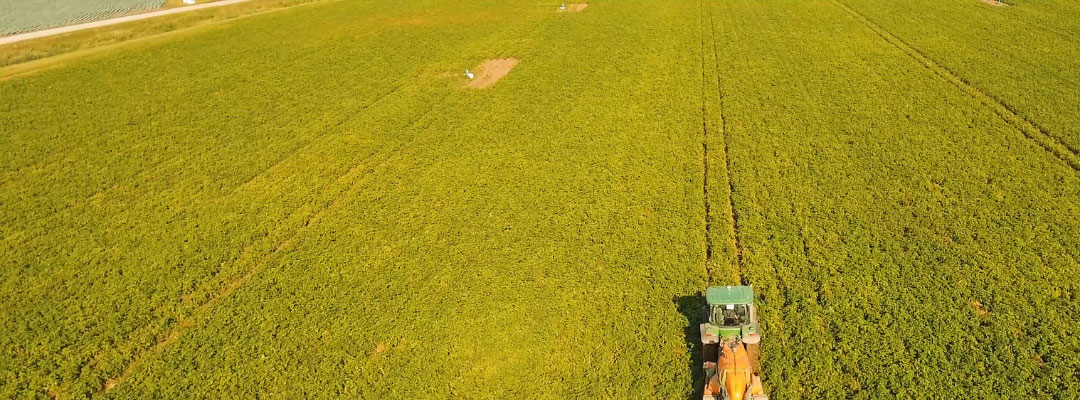Through 2022, the ag sector in the Southern Ag Today (SAT) states has sustained periods of drought, volatile prices in respective markets, and interest rate hikes. As mentioned in a previous article (Martinez and Ferguson 2022), it is crucial to know where agriculture debt is in our SAT states during these unusual times. This article covers the latest commercial bank reports from the U.S. commercial quarterly performance reports. As a refresher, these reports highlight agricultural loans and the loans’ status (on time or late). Figure 1 displays the total loan volume (yellow line) and total loan volume for all three late type volumes (30-89 days late, 90+ days late, Non-Accrual) for the last seven quarters. The totals are for all the Southern Ag Today States.
Through the third quarter of 2022, non-accrual loans and 90+ days late have continued downward trends. Non-accrual loan volume continued to decrease and is down 65% from a year ago. While 90+ days late loans stayed relatively steady. A real positive sign is seen in the total debt volume for loans that are 30-89 days late. The total volume of debt in this category is down $4 billion compared to a year ago. These are positive signals that bad loan debt load hasn’t increased during this turbulent year. All three late and bad loan types continue to show signs of good debt health for the SAT states, and this is reinforced by the total loan volume being approximately unchanged from a year ago.
As producers navigate through this environment, the current status of commercial ag debt appears healthy and even improving. In the coming months, it is essential that producers are mindful of their working capital, and they should continue the positive strategies that they have implemented thus far.

References
Martinez, Charley, and Haylee Ferguson. “Current Non-Real Estate Farm Debt.” Southern Ag Today 2(30.3). July 20, 2022. Permalink
Martinez, Charley, and Haylee Ferguson. “Current Non-Real Estate Farm Debt.” Southern Ag Today 2(49.3). November 30, 2022. Permalink








